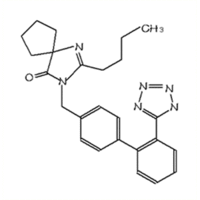A postmenopausal woman with a 5-year history of dry, scratchy burning eyes reported experiencing constant discomfort, despite hourly application of artificial tears Her past medical history was notable for mild hypertension and depression treated with irbesartan (Avapro) and citalopran (Celexa), respectively.
Physical examination revealed best-corrected visual acuity of 20/25 and mild superficial punctate keratitis (SPK) inferior to the central corneal apex in both eyes.
Dry eye syndrome (DES) was confirmed by Schirmer's test and the presence of bilateral punctate staining with rose bengal at the limbus at four- and eight o'clock.
The patient was treated initially with lower punctal plugs and hourly applications of artificial tears, but she returned 2 weeks later, complaining the burning sensation was much worse.
Examination revealed no change in the central SPK but increased rose bengal conjunctival staining. The punctal plugs were removed, and the patient began using cyclosporine ophthalmic emulsion 0.05% (Restasis) twice a day while continuing to apply artificial tears.
After using cyclosporine 0.05% for 1 month, the patient reported improved symptoms. Decreased SPK and rose bengal staining confirmed clinical progress.
The patient continued using cyclosporine 0.05% for the next 3 months, after which her SPK and burning discomfort resolved. The patient reported she now uses artificial tears just three times a day.
Copyright Boucher Communications, Inc. Nov 2005
Provided by ProQuest Information and Learning Company. All rights Reserved



